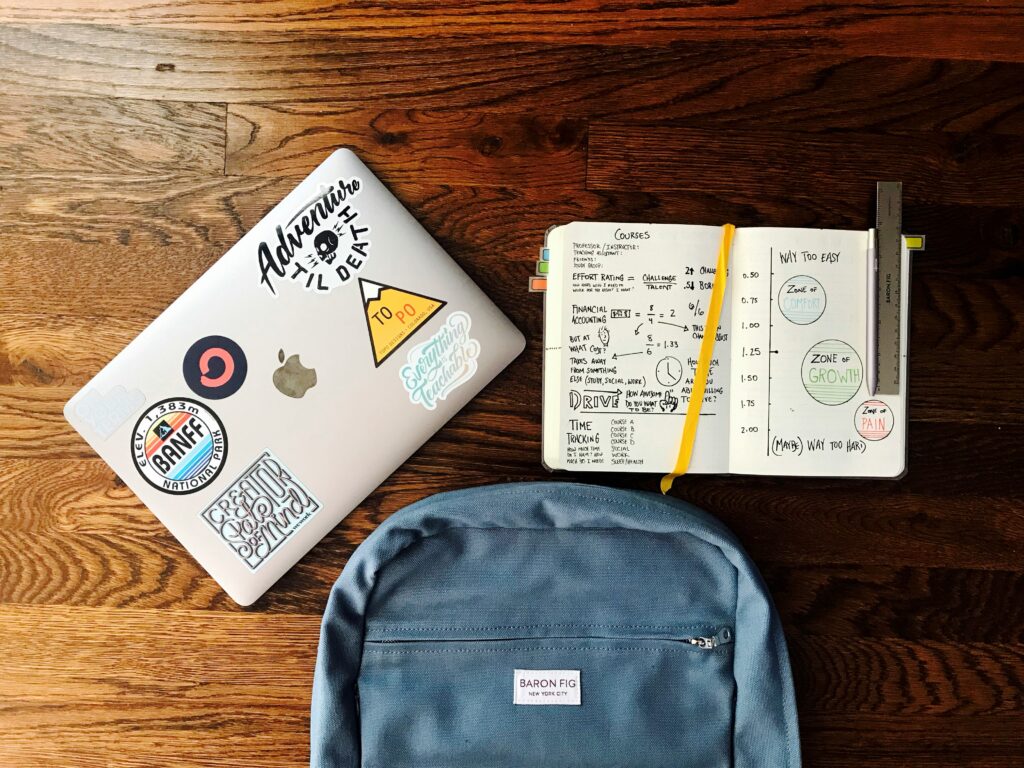Returning home from school and other activities can be a difficult transition. This is especially true for children who may be overstimulated, over-tired, or struggling with learning or social skills. Children who are on their best behavior all day may have a hard time maintaining control once they are back in a safe and comfortable space. Having a consistent routine with a predictable sequence of events can help with the reentry process.
How does your child feel at the end of the school day? Are they overwhelmed? Overtired? Do they want to tell you about their day or do they need some space?
Step 1: Check For Any Unmet Needs
When you see your child at pickup (whether from school, daycare, or an activity), assess how they are doing physically and mentally. Many times meltdowns and undesirable behavior can be traced back to a basic need that hasn’t been met. Anticipating what your child will need allows you to be proactive.
- Based on what you’ve observed in the past and what you know of their daily schedule, is it likely that your child is hungry or thirsty? Tired? Have they gone for a while with too much or too little stimulation or movement?
Step 2: Reconnect
If we’re not intentional about prioritizing reconnecting with our kids, it can be easy to miss opportunities to spend time together. If this happens more often than our kids can tolerate, they may resort to undesirable behaviors to get our attention.
Reconnecting will look different for each family depending on children’s ages, parent work schedules, extracurricular activities, and personal preference.
- How do you reconnect with your child? Can you find a daily 10 minute window to give them your undivided attention?
Step 3: Take Care of the Stuff
Having a plan to manage “stuff” (outerwear, shoes, lunchboxes, papers, etc.) makes for a smoother evening and sets you and your child up for success in the morning. What seems obvious to you might not be obvious to your child. Expectations around what should be done with clothing, papers, and other school gear need to be taught. You can explain and model what you would like your child to do the first few times, and then gradually start transferring responsibility. Visual prompts (like a checklist of what needs to be done) are a great way to support your child becoming more independent.
- What is your child currently able to do independently?
- Does your child take care of things the same way that you would? Is this something that you can be flexible about?
- What kind of visual support could help as a reminder?

Step 4: Decrease Responsibilities
Depending on your child’s age, they may also have homework, chores, and other responsibilities. If your child is struggling during the after-school time you may want to consider decreasing the number of responsibilities they have to do during this time.
- What are some of the things that you could take off their plate or help them with?

